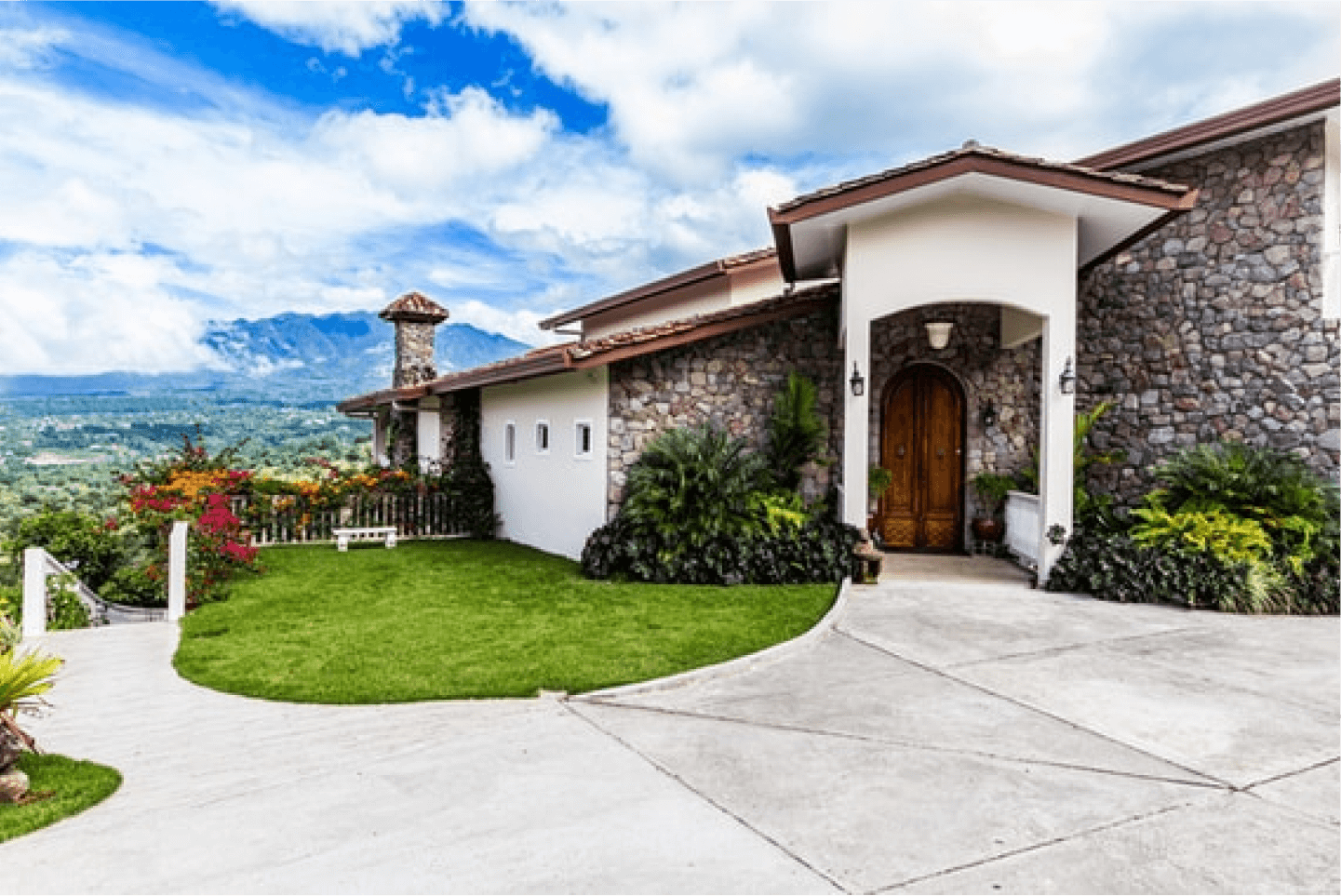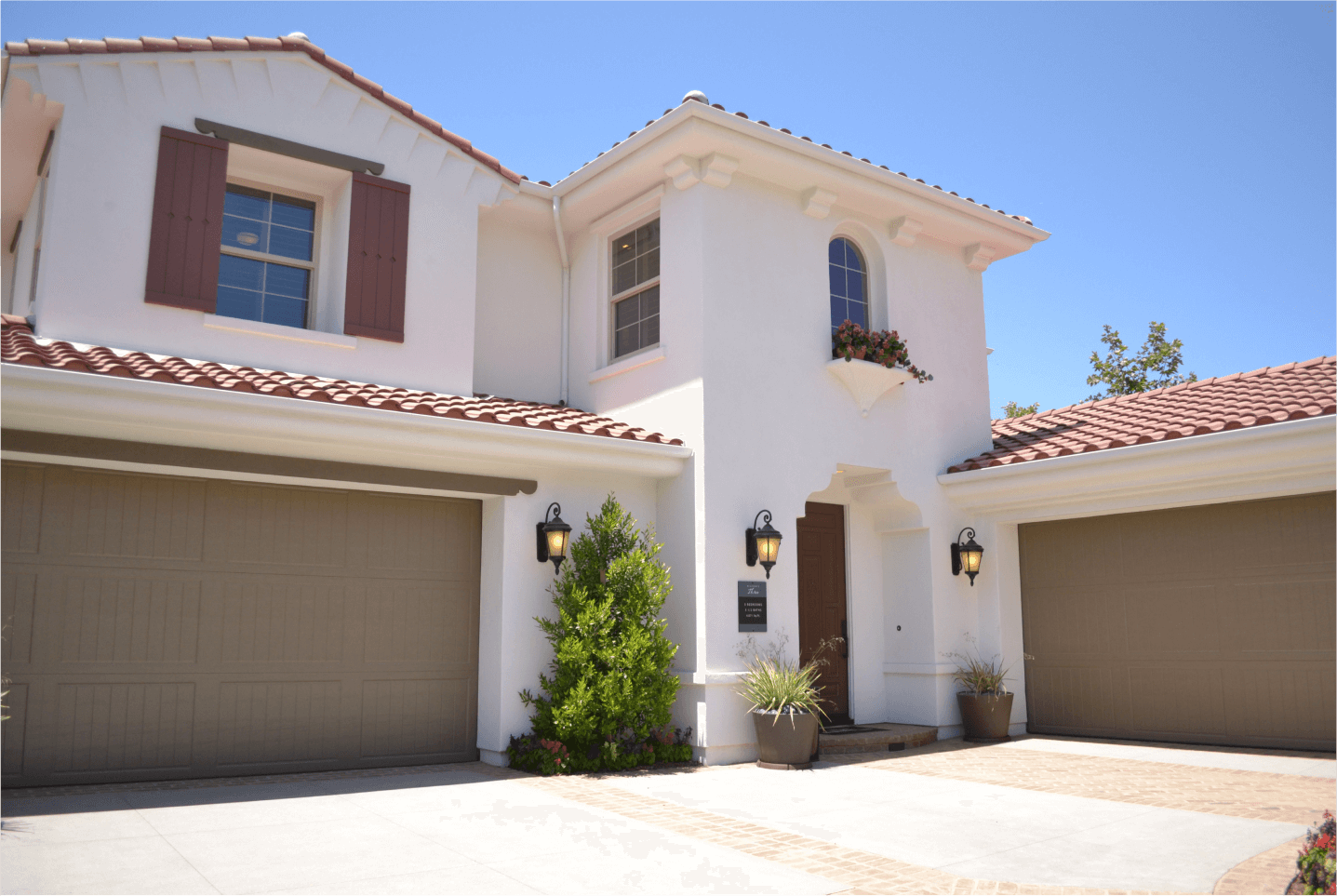Jumbo
Home Loans
Vision Home Mortgage - Offering Jumbo Loans in Nevada
In a world where luxury and comfort often come with a hefty price tag, Jumbo Loans stand as the gateway to high-value real estate. Designed for buyers who aspire to own homes that would cause you to exceed the conventional loan limits, these specialized mortgages offer the financial power to secure properties that reflect your lifestyle, dreams, and aspirations. With the ability to finance larger amounts, Jumbo Loans not only facilitate your home-buying journey but can also save you capital by requiring less of a down payment than what would be required to meet the conforming loan limits.

Exploring Jumbo Loans
Understanding Jumbo Loans is key to making informed decisions in your home-buying process. In this section, we’ll break down the essential aspects of Jumbo Loans, including their requirements, benefits, and how they differ from traditional financing options. Whether you’re considering a spacious estate or a modern condo, we’ll provide you with the insights you need to navigate this financing avenue confidently and effectively. Let’s explore how Jumbo Loans can be your partner in achieving homeownership dreams that go beyond the ordinary.
Understanding the down payment requirements for Jumbo Loans is crucial for potential homebuyers. These loans, designed for higher-value properties, typically have different down payment standards compared to conventional loans. Knowing what to expect can help you plan your finances and move confidently through the home-buying process. Let’s break down the down payment requirements based on how you plan to take occupancy —whether it’s your primary residence, a second home, or an investment property.
Primary Residence
For those looking to buy their primary residence with a Jumbo Loan, the minimum down payment required is typically 10% but can vary based on you credit score. This percentage allows you to secure financing for a high-value home while keeping your upfront costs manageable. A 10% down payment is a great option for buyers who want to maintain a balance between affordability and equity in their new home, making it an attractive choice for homebuyers.
Second Home/Vacation Home
Similar to primary residences, purchasing a second home using a Jumbo Loan also requires a minimum down payment of 10%. This requirement is particularly beneficial for buyers seeking vacation homes or properties in desirable locations. By allowing a lower down payment, Jumbo Loans make it more feasible to invest in that dream getaway without breaking the bank. This flexibility opens up opportunities for those looking to enjoy additional living spaces while benefiting from the investment potential of a second property.
Investment Home
When it comes to investment properties, the stakes are a bit higher, as lenders typically require a minimum down payment of 20% for Jumbo Loans. This higher requirement reflects the increased risk associated with investment properties, where buyers are likely to rely on rental income for mortgage payments. While a 20% down payment may seem steep, it allows investors to tap into the lucrative real estate market while maintaining a solid equity position in their investment. Remember, the more equity you have in a property, the better chance you have for a higher cash-flow. This requirement encourages responsible lending and ensures that investors are committed to their property.
It is important to note that you can put down as big of a down payment as you would like, as long as the loan amount is at least $1 higher than the conforming loan limit in the area.
Jumbo Loan Credit Requirements
To qualify for a Jumbo Loan, you typically need a minimum FICO score of 700, but Vision Home Mortgage will accept credit scores as low as 660. A better credit score can improve your chances of approval and may lead to better loan terms. Learn more about credit reports and their impacts to your loan!
Ability to Repay Requirements
The Ability to Repay rule requires lenders to verify that you have enough income, assets, and a stable employment history to afford your mortgage and repay the loan over time. For conventional loans, your housing costs—such as mortgage payments, property taxes, insurance, and any homeowners association (HOA) fees—should be no more than 45% of your monthly income. Additionally, your overall debt-to-income (DTI) ratio, which includes all monthly debt obligations, should not exceed 50%. Meeting these requirements helps ensure that you can comfortably manage your mortgage payments and maintain financial stability.
Jumbo Loan limits refer to the minimum and maximum loan amounts that can be borrowed under Jumbo guidelines. These limits are set by the Federal Housing Finance Agency (FHFA) as well as lenders and can vary based on the location of the property, as housing markets differ across the country.
Jumbo Loan Minimum Loan Limits
The minimum loan amount for a Jumbo Loan starts at $1 above the maximum county loan limit of your area. To learn more about to maximum conforming loan limits in your area, visit Fannie Mae Loan Limits.
Jumbo Loan Maximum Loan Limits
The maximum loan amount is set by individual lenders based off of the risk they are willing to accept. Maximum loan limits can be as low as $3,500,000 and sometimes even more!
One of the significant advantages of Jumbo Loans is that they do not require mortgage insurance, which can save borrowers a substantial amount of money over the life of the loan. Unlike conventional loans, which typically mandate private mortgage insurance (PMI) for down payments below 20%, Jumbo Loans allow homeowners to avoid this additional cost, making their monthly payments more manageable. This absence of mortgage insurance not only lowers the overall cost of borrowing but can also increase the equity you build in your home. For consumers looking to maximize their investment in a high-value property, this feature of Jumbo Mortgages provides a compelling financial benefit, enabling them to allocate their funds more efficiently towards homeownership goals.
Jumbo overlays are additional lending requirements imposed by some lenders on top of the standard guidelines set for Jumbo Loans. These overlays can vary significantly from one lender to another and may include stricter credit score thresholds, higher debt-to-income ratios, or increased documentation requirements. Understanding these overlays is crucial for prospective homebuyers, as they can affect your ability to secure financing for a high-value property. That’s why consulting a knowledgeable mortgage broker is essential—they can help you navigate the complexities of the lending landscape, identify lenders that best align with your financial profile, and ensure you receive the most favorable terms available. By leveraging their expertise, you’ll be better positioned to find the right Jumbo lender who understands your unique needs and can help you achieve your homeownership dreams.
Is a Jumbo Home Loan Right for Your Next Purchase?
Jumbo loans are designed to help buyers finance luxury or high-value properties beyond standard loan limits. With various types of jumbo loans available, tailored down payment options, and no requirement for private mortgage insurance, these loans offer flexibility for borrowers who meet specific income, credit, and asset requirements. Understanding loan limits, overlays, and eligibility criteria can help you make an informed decision about whether a jumbo mortgage is right for you. Partnering with an experienced mortgage professional ensures you find the right loan solution for your unique financial and homeownership goals.



